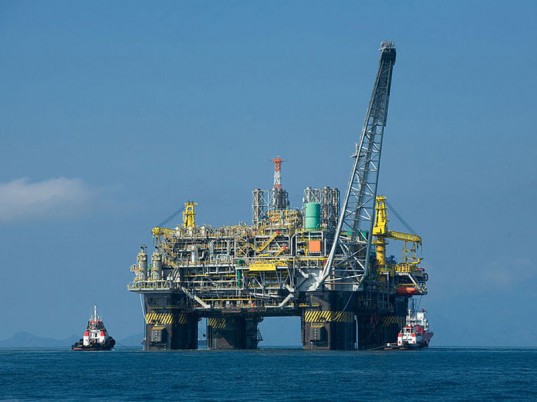New Video: Energy Exports Benefit “Main Street USA”

The American Council for Capital Formation’s (ACCF) ActOnLNG campaign has launched a new video highlighting how important liquefied natural gas (LNG) exports are to revitalizing Main Street, powering key industries, and strengthening U.S. manufacturing. The short video, narrated by former Congressman Harold Ford, Jr. (D-Tenn), also urges the Obama administration to speed up LNG export approvals. The video complements efforts in Congress to boost LNG exports to America’s allies through legislation, including the Domestic Prosperity and Global Freedom Act (H.R. 6). “This video captures the sense of urgency that use needed to ensure that the United States continues to lead the world in the development of energy resources–particularly natural gas,” explained Dr. Margo Thorning, ACCF Chief Economist and Senior Vice President. ”Exporting LNG would be a real game changer for the nation’s economy and would help America sustain its natural gas boom. We hope this video will spark further conversation around natural gas exports–especially the need to cut through the bureaucratic red tape holding back development.”











